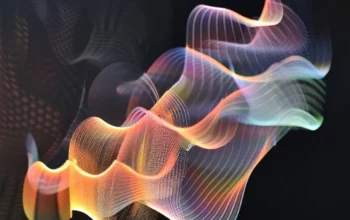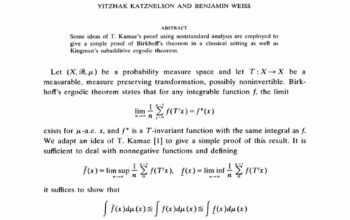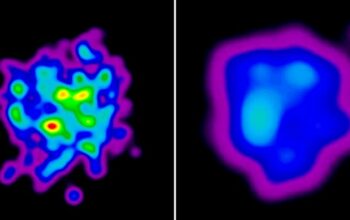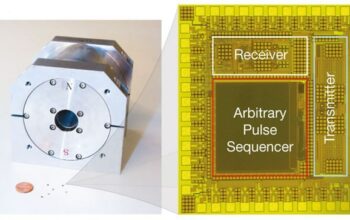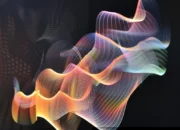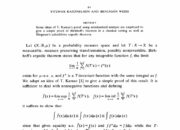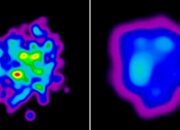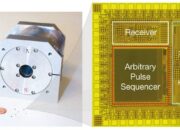In the realm of quantum physics, the enigmatic phenomenon of entanglement occupies a position of both intrigue and challenge, positing profound implications for the fundamental nature of reality. This paper delves into the expanding horizons of quantum entanglement, exploring its implications, applications, and the playful yet serious question: how far can entanglement stretch before the very fabric of quantum mechanics unravels?
To begin, it is imperative to note that quantum entanglement is not merely a theoretical abstraction but a tangible reality verified through numerous experimental observations. At its core, entanglement refers to a peculiar state where two or more particles become interlinked in such a way that the state of one particle is intrinsically connected to the state of another, regardless of the distance separating them. This property poses stark contradictions to classical intuitions about locality and separability, challenging the foundational assumptions of classical physics.
Traditionally, entangled systems have been confined to relatively short distances due to limitations in quantum state preservation and control. However, recent advancements in technology and experimental methods have facilitated investigations into longer-range entanglement. For instance, researchers have successfully entangled photons generated from distant sources, and in some cases, even entangled pairs separated by kilometers. These breakthroughs raise a pivotal inquiry: what are the ultimate limitations to the range of quantum entanglement? Can we extend entanglement beyond terrestrial bounds to astronomical scales?
To address this query, one must consider the role of decoherence—a phenomenon whereby interaction with the environment causes a quantum system to lose its coherence. Decoherence serves as a formidable barrier to maintaining entangled states over extended distances. As particles travel further apart, they are increasingly susceptible to interactions with their surroundings, which can disentangle the quantum states. Effectively, this presents a challenge for any prospective quantum communication or computation systems reliant on entanglement.
Moreover, the state of quantum entanglement is often influenced by various factors including distance, medium, and environmental variables. For example, entangled photons are typically transmitted through optical fibers or free space, but both mediums introduce unique challenges. In optical fibers, attenuation and scattering can diminish the quality of the entangled state, while in free-space transmission, atmospheric conditions can introduce uncertainties that may compromise entanglement integrity. It becomes evident that pushing the boundaries of entanglement requires innovative solutions to mitigate the adverse effects of decoherence and channel distortions.
Interestingly, emerging research has revealed potential strategies to counteract these obstacles. Techniques such as quantum repeaters and error correction protocols have shown promise in bridging the gap over longer distances. Quantum repeaters can segment the distance over which entanglement is established, thereby facilitating the transfer of quantum information in a reliable manner. They work by creating short entangled pairs that can be connected through a series of intermediate nodes, effectively extending the reach of entanglement incrementally.
Furthermore, harnessing advanced materials and novel quantum technologies offers tantalizing possibilities. For instance, topological insulators and other exotic states of matter present unique mechanisms for entanglement generation and preservation, potentially stabilizing quantum states against decoherence. Such innovations raise an additional question: could the manipulation of quantum states at unprecedented scales lead to entirely new forms of entangled systems, fundamentally altering our comprehension of quantum mechanics?
Considering these advancements, the examination of entanglement’s limitations becomes not only a scientific inquiry but also a philosophical endeavor. What does it mean for our understanding of the universe if quantum entanglement can transcend the conventional confines of space? If entanglement can extend to cosmic distances—perhaps even connecting systems light-years apart—this challenges our perception of separateness in the universe, intertwining realities that were previously thought to be independent.
This interplay between science and philosophy opens avenues for speculative yet substantive discussions within the scientific community. Could the expansion of entangled states hint at a deeper interconnectedness among distant galaxies or even across the universe itself? Or is this merely the whimsical allure of quantum mechanics leading us astray into realms of metaphysical ponderings?
Engaging with these questions necessitates interdisciplinary dialogue, drawing insights from quantum physics, cosmology, and philosophy. The collaborative exploration of stretching the boundaries of entanglement could unveil not only the intricacies of quantum phenomena but also insights into the very nature of reality itself. In turn, this may inspire a new generation of physicists to probe further into the uncharted territories of quantum mechanics—with summer’s lighthearted curiosity driving our pursuit of understanding.
In conclusion, the study of quantum entanglement is emblematic of humanity’s quest for knowledge amidst the complexities of the universe. As researchers strive to unravel the mysteries of how far entanglement can indeed stretch, they must embrace the playful challenges and uncertainties that accompany such exploration. The convergence of technology, theoretical innovation, and philosophical inquiry offers a promising pathway to profoundly transformative insights about quantum mechanics and our place within the cosmos.


